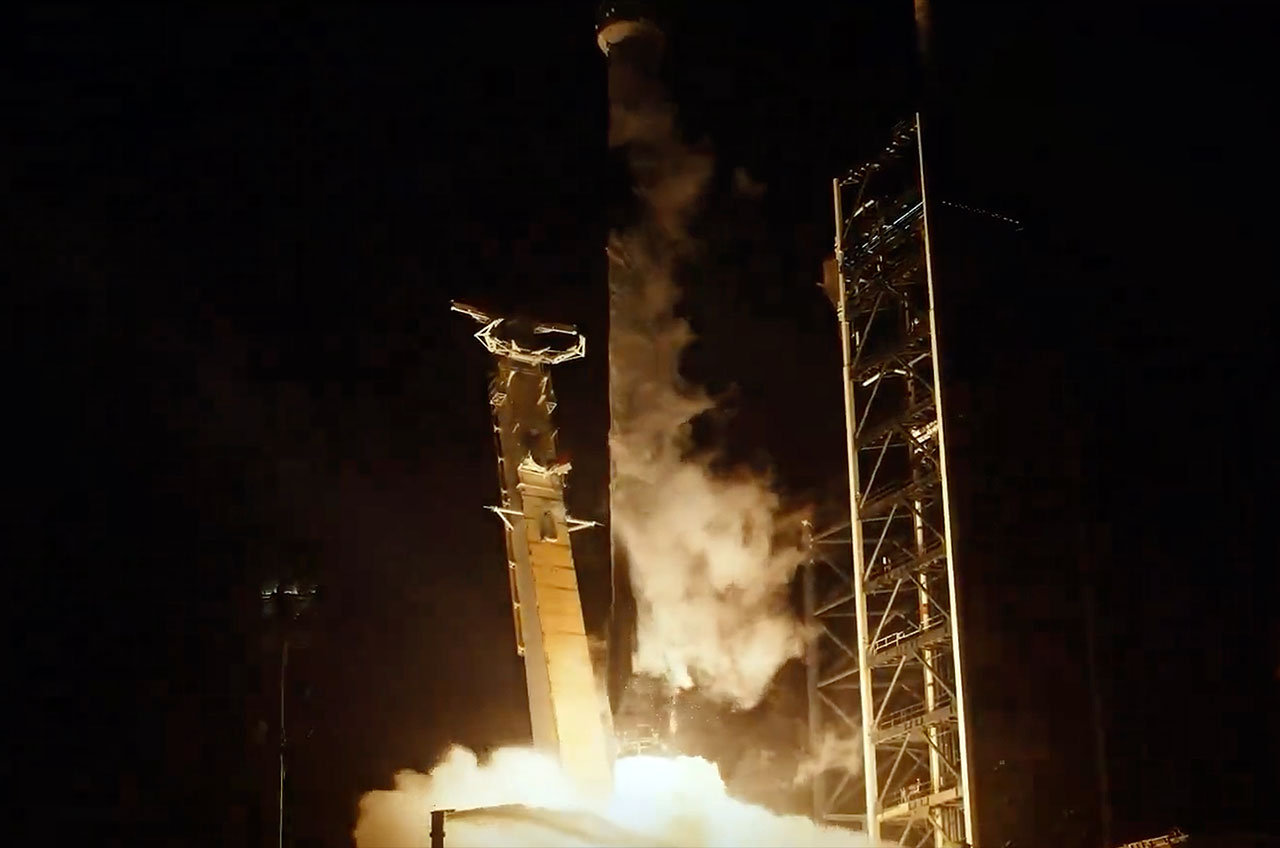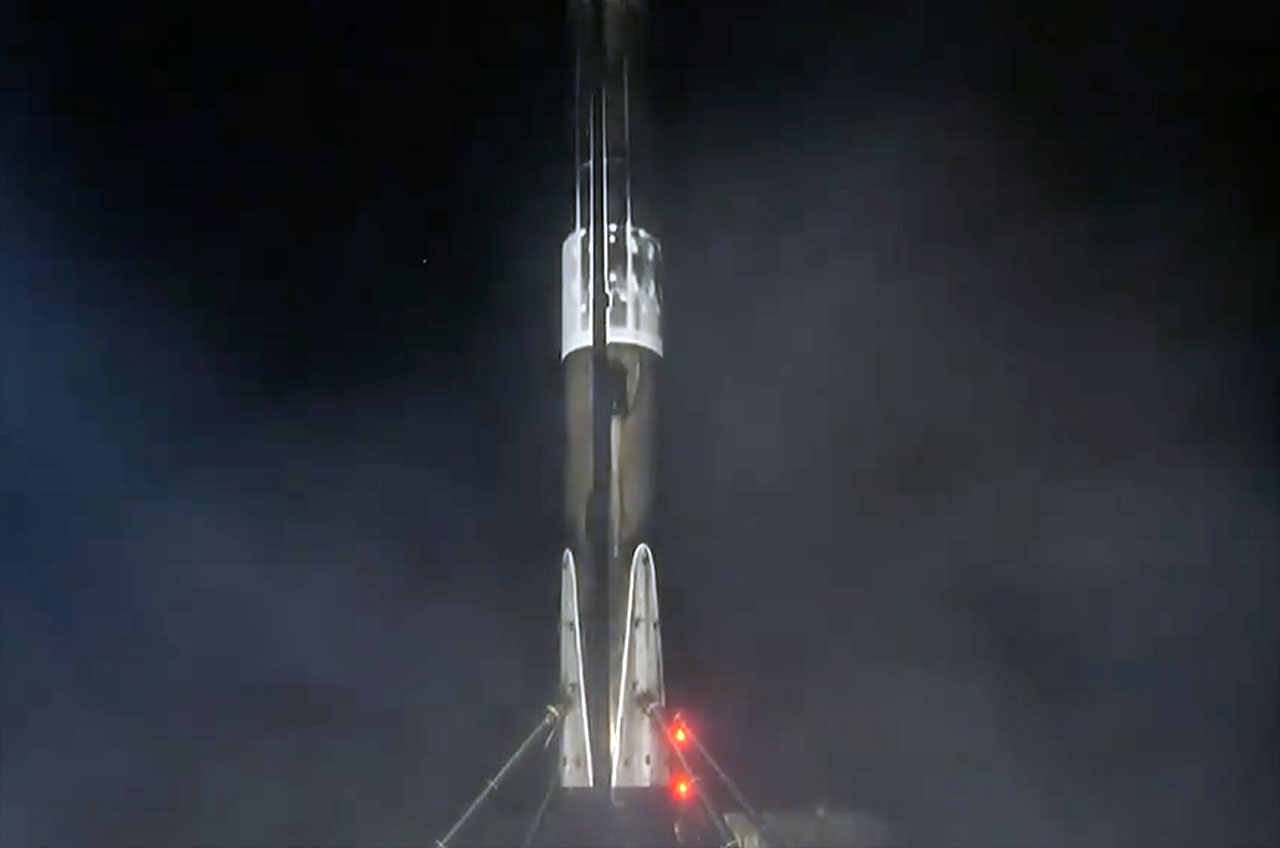
SpaceX tied its rocket-reuse record on Friday (March 15), while placing its 6,000th Starlink internet satellite into Earth orbit.
A Falcon 9 rocket carrying 23 more of the company's Starlink satellites launched at 8:21 p.m. EDT (0021 GMT March 16) at NASA’s Kennedy Space Center in Florida.
It was the 19th liftoff for this Falcon 9's first stage, according to a SpaceX mission description. That tied a mark set this past December and matched for the first time last month.
The launch also raised the number of Starlink satellites launched into space to more than 6,000 since SpaceX began deploying the constellation in 2019.
Related: Starlink satellite train: How to see and track it in the night sky

To plan, the Falcon 9's first stage came back to Earth about 8.5 minutes after liftoff, landing on the droneship "A Shortfall of Gravitas," which was stationed in the Atlantic Ocean.
The Falcon 9's upper stage continued hauling the 23 Starlink satellites to low Earth orbit, where they were to be released about 65.5 minutes after liftoff.
Get the Space.com Newsletter
Breaking space news, the latest updates on rocket launches, skywatching events and more!
Extensive rocket reuse is a key priority for SpaceX and its founder and CEO, Elon Musk. Indeed, the company's next-generation vehicle, called Starship, is designed to be fully and rapidly reusable, a breakthrough that Musk thinks will make Mars settlement economically feasible.
The launch on Friday follows SpaceX's mostly-successful third test flight of Starship, which lifted off from the company's Starbase site in South Texas. That mission launched on Thursday morning.
Join our Space Forums to keep talking space on the latest missions, night sky and more! And if you have a news tip, correction or comment, let us know at: community@space.com.

Michael Wall is a Senior Space Writer with Space.com and joined the team in 2010. He primarily covers exoplanets, spaceflight and military space, but has been known to dabble in the space art beat. His book about the search for alien life, "Out There," was published on Nov. 13, 2018. Before becoming a science writer, Michael worked as a herpetologist and wildlife biologist. He has a Ph.D. in evolutionary biology from the University of Sydney, Australia, a bachelor's degree from the University of Arizona, and a graduate certificate in science writing from the University of California, Santa Cruz. To find out what his latest project is, you can follow Michael on Twitter.









